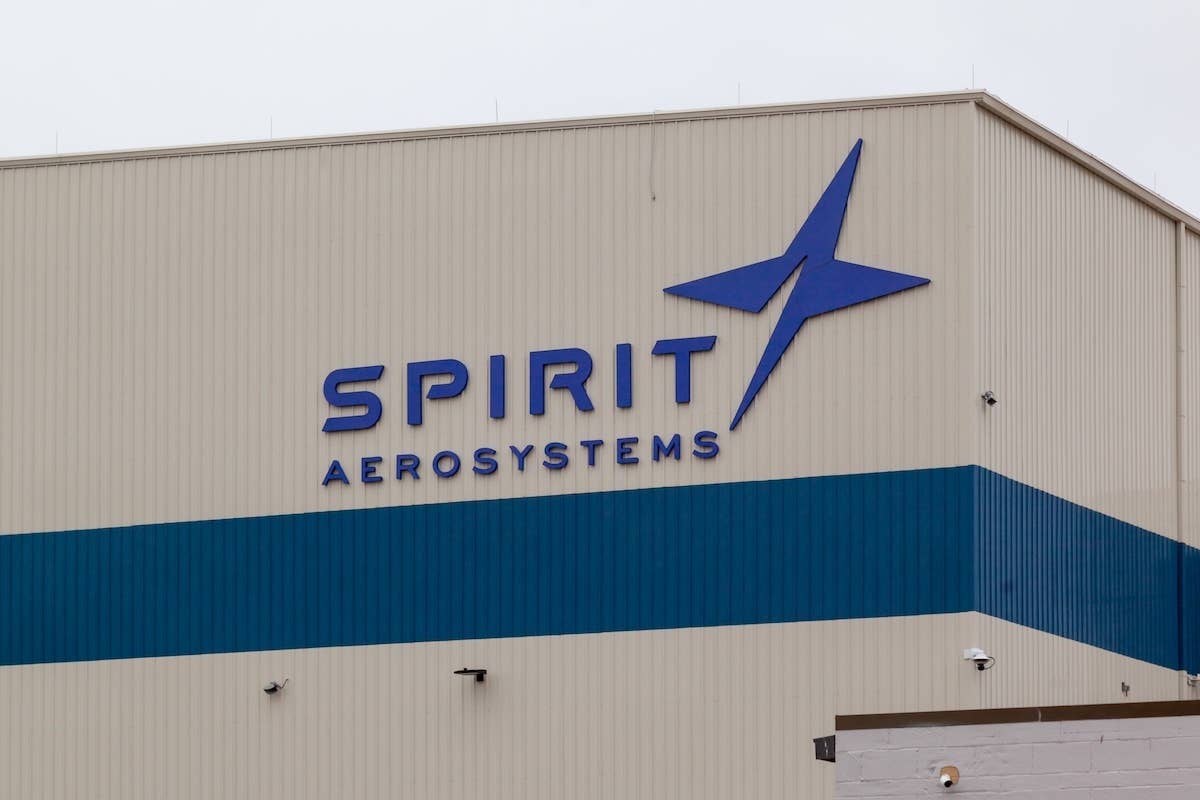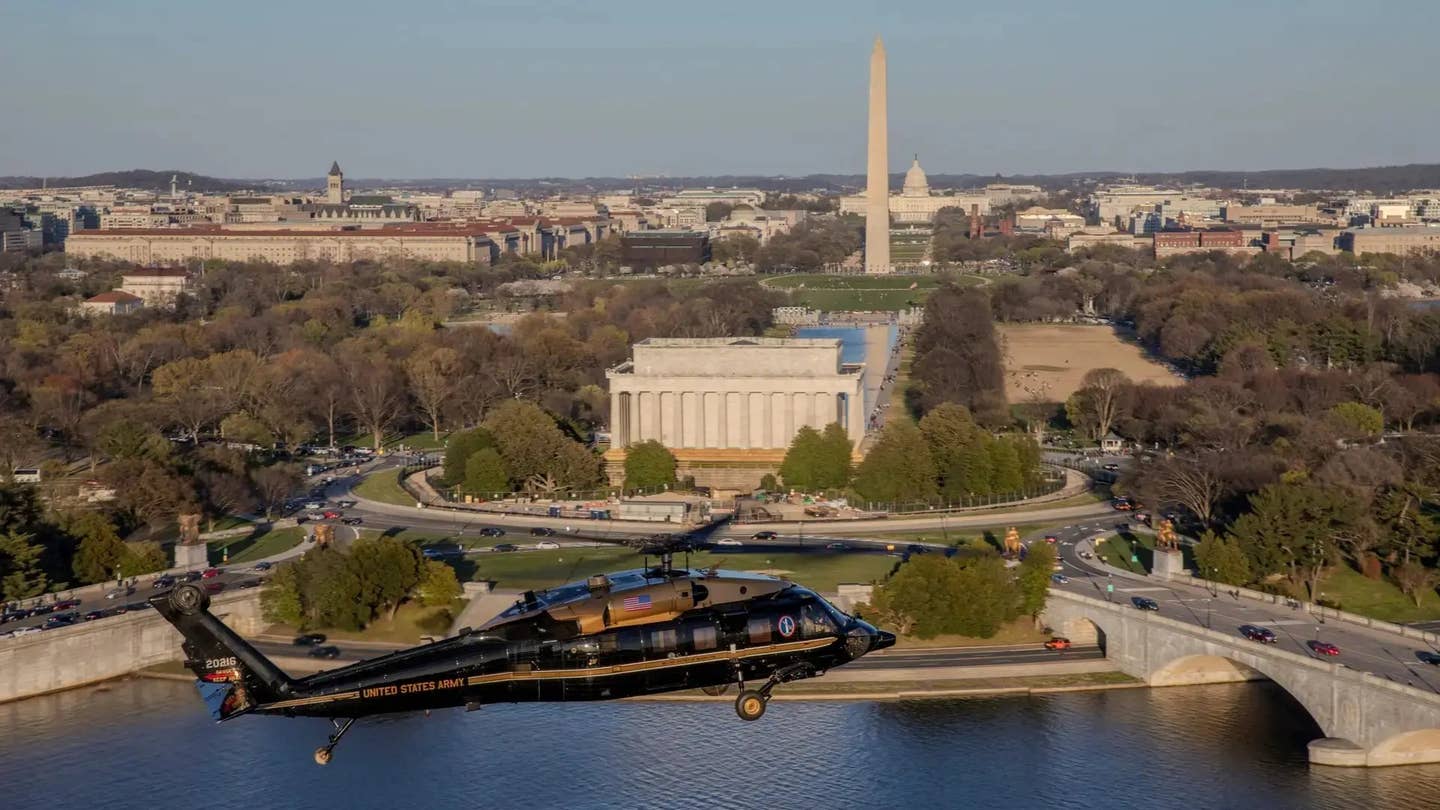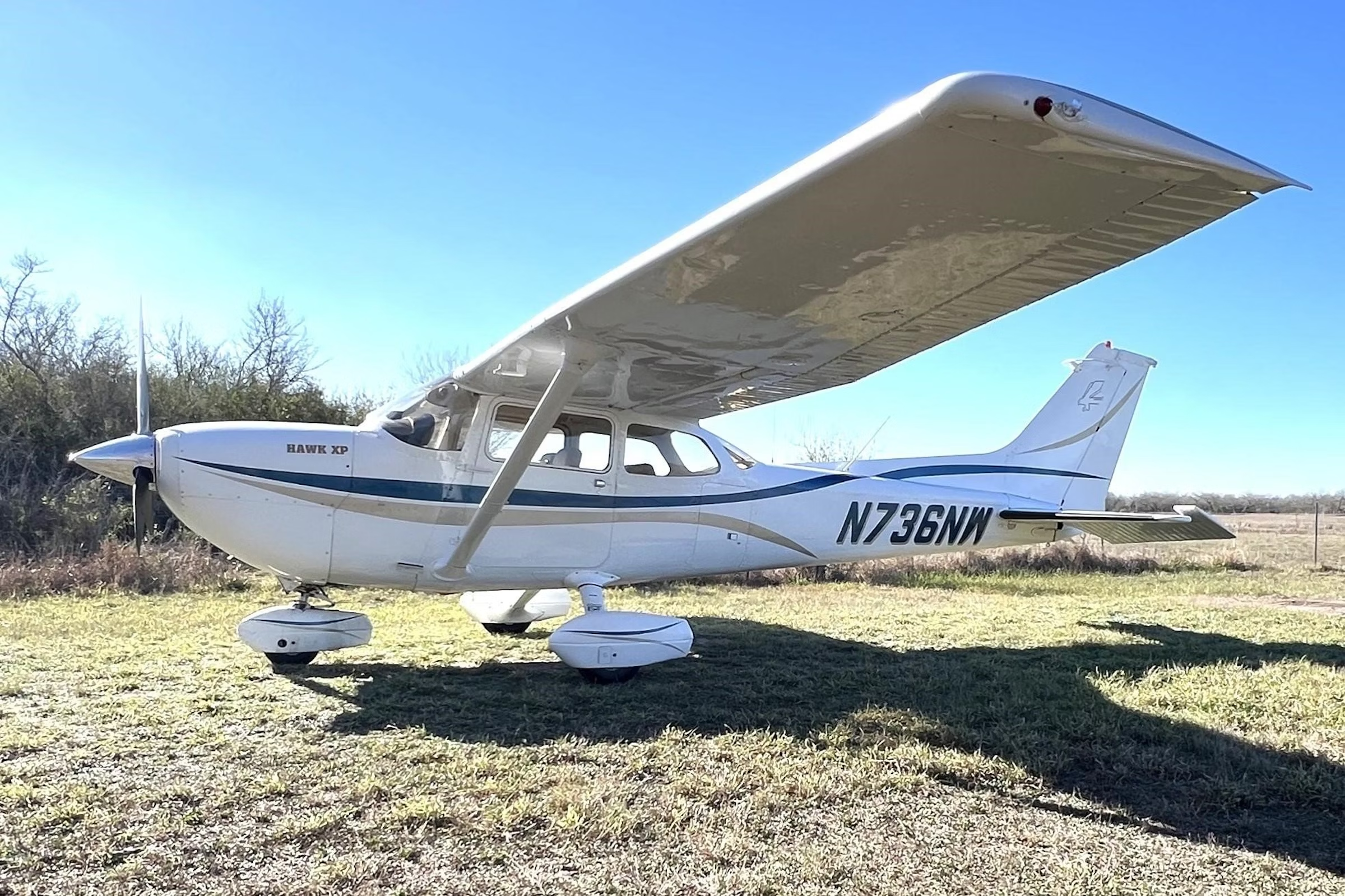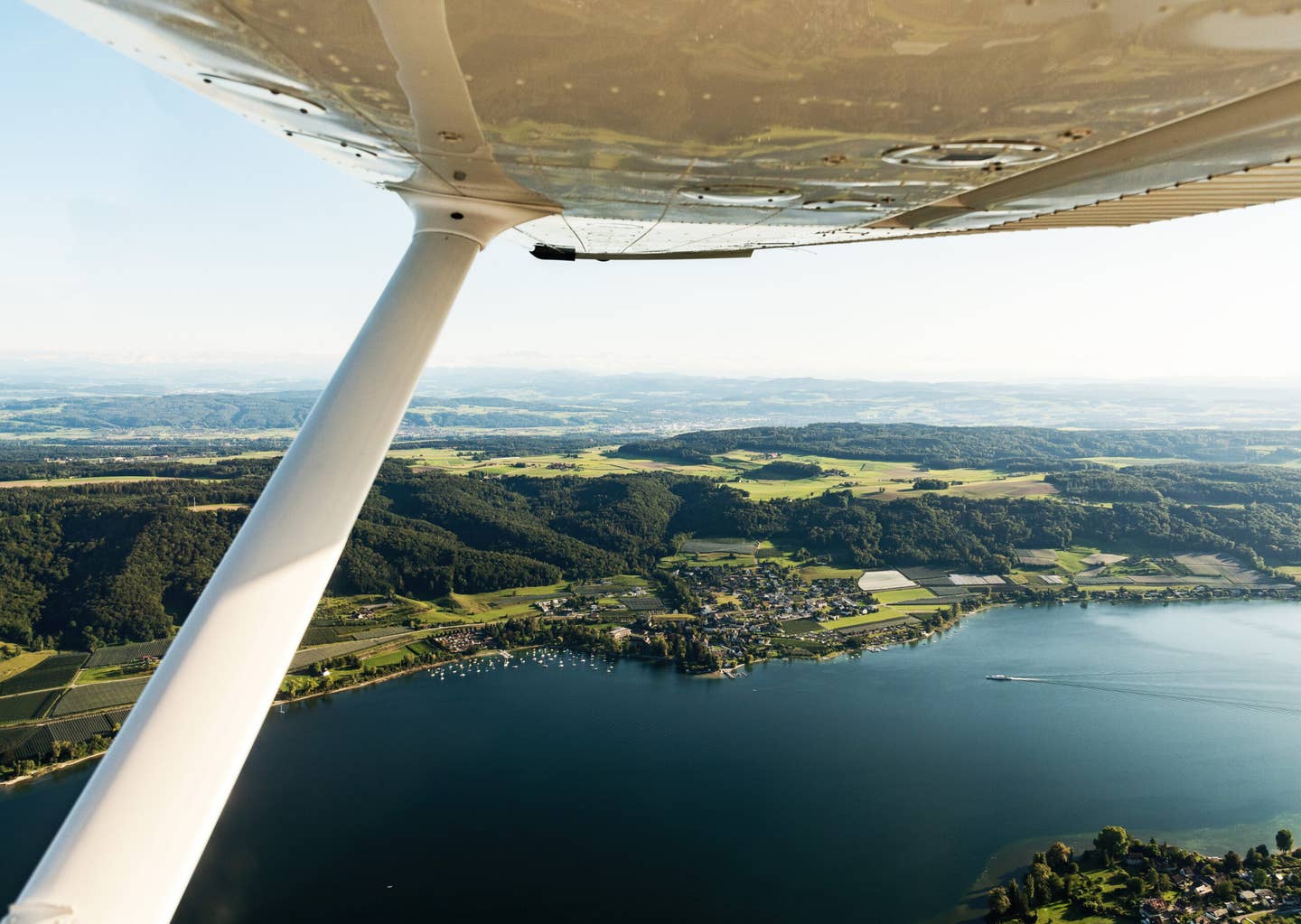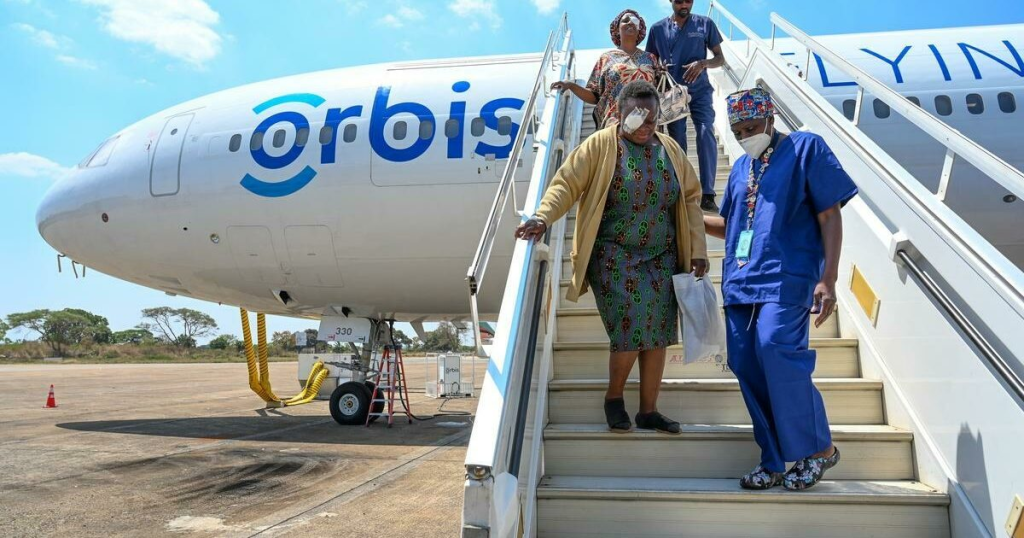Utah Backcountry Pilots Repair Remote Airstrip the Hard Way
Landing area in wilderness was only accessible to the volunteer group on foot.
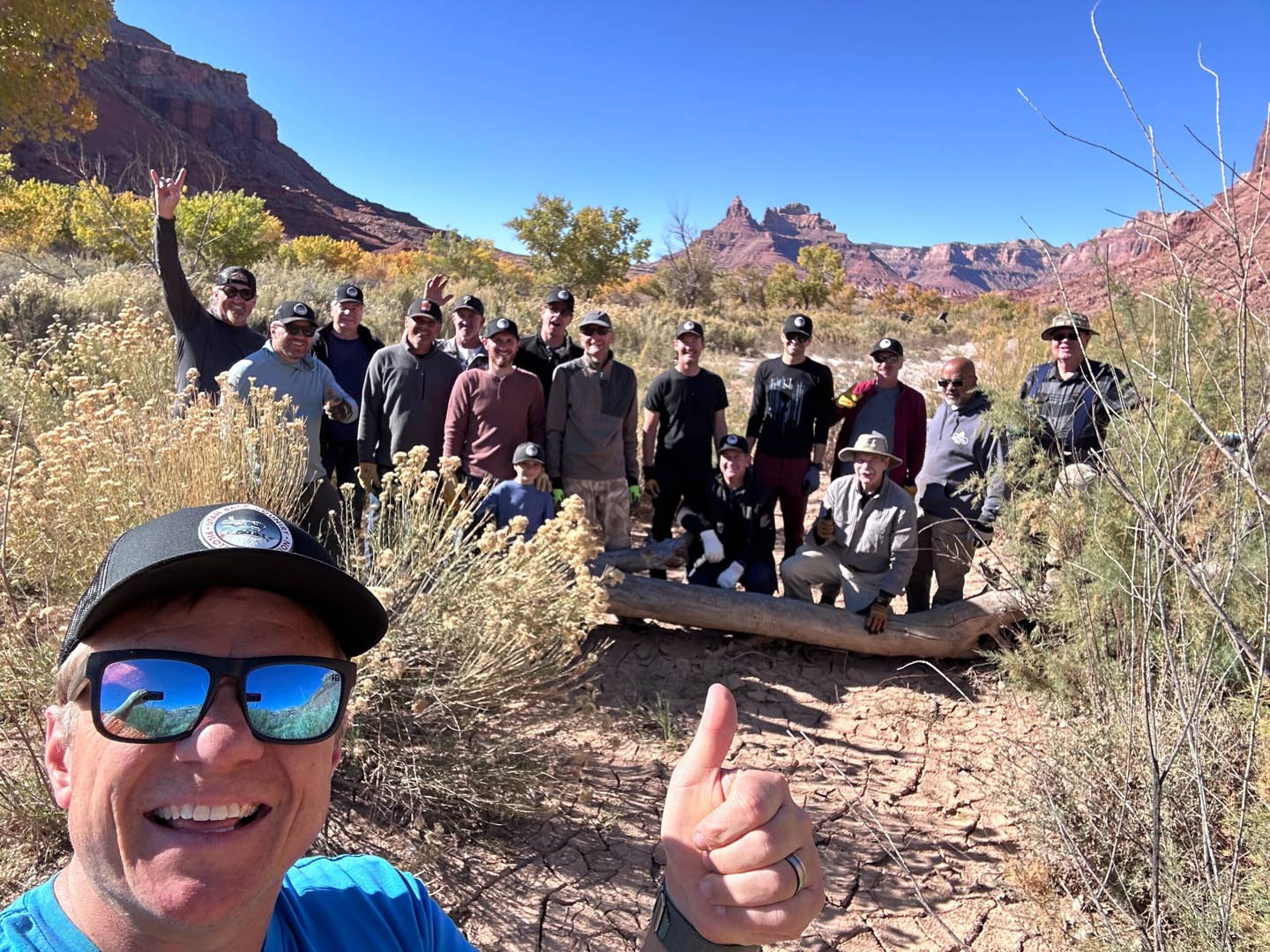
Volunteers from the Utah Back Country Pilots Association repaired a flood-damaged airstrip that could only be reached by a hike. [Courtesy: Utah Back Country Pilots Association]
A group of volunteers with the Utah Back Country Pilots Association (UBCP) recently rallied to repair a remote airstrip damaged and rendered unusable by a flood.
It wasn't a typical volunteer work party, however.
The group faced the challenge of the airstrip being located in a remote area of the Utah backcountry in an ecological frail area where ground vehicles are prohibited, forcing them to hike in carrying the necessary equipment and supplies to make repairs.
The strip is Mexican Mountain, located inside the Mexican Mountain Wilderness Study area, in an area managed by the Bureau of Land Management (BLM) and the UBCP. The dirt strip sits at an elevation of 4,461 feet msl and measures 1,900 by 40 feet. Located next to the San Rafael River, flooding is not unexpected.
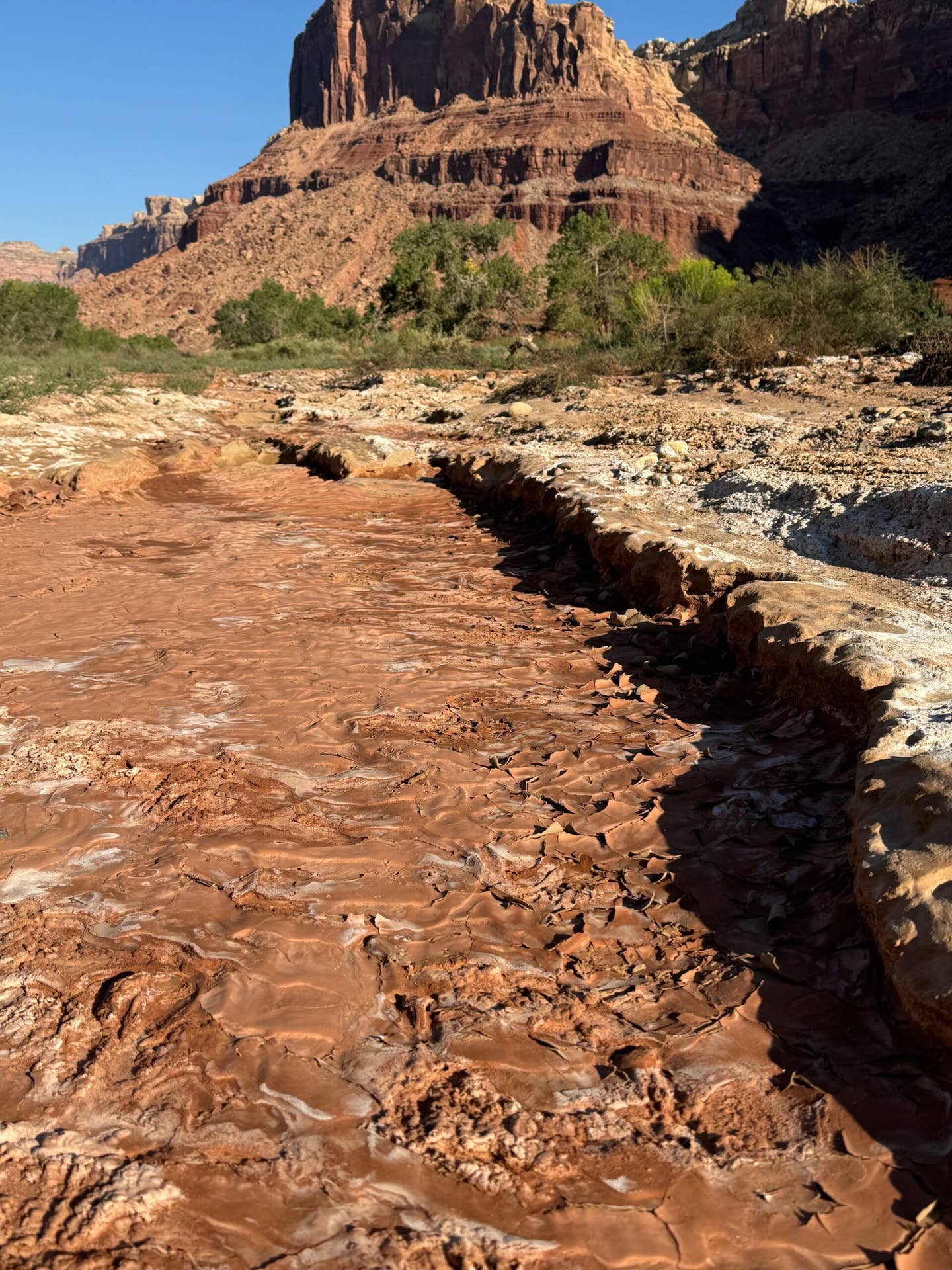
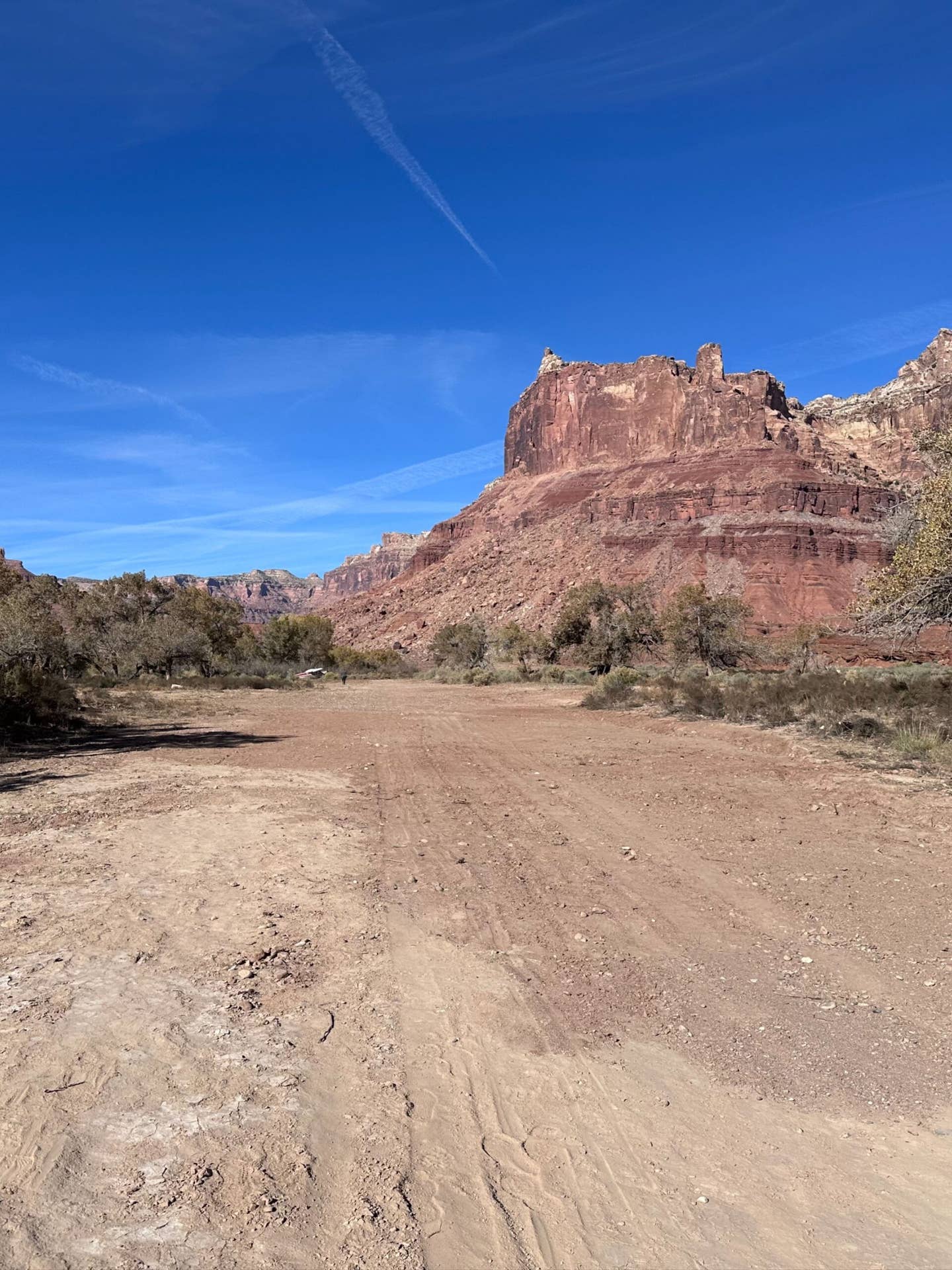
However, according to Roy Evans, president of the UBCP, when the water receded this year, the runway became heavily eroded as the river cut channels into the once flat surface.
"A few of our members landed on the strip, or, rather, the good half of the strip to assess the damage and were shocked," said Evans.
With the help of Russ Robinson, a UBCP member who owns a helicopter, Evans visited the site, which he described as, "2.5 miles away from a trailhead that is the end of a 14-mile-long dirt road that is at the end of another 15-mile dirt road that is at the end of another 15-mile dirt road one mile from civilization.
"When we saw the damage, and realized that the BLM might approve the mule team to come in quickly, we thought we had it made," Evans said, but then the four-day reply back window from the BLM stretched into six weeks. Members decided if they could get enough volunteers and a helicopter to airlift supplies, they could do repairs themselves. So they did. Pilots came from around the country to help out, Evans said.
It took a lot of coordination, and UBCP board member Wendy Lessig stayed home acting as "mission control," helping organize 29 volunteers, keeping them accounted for and on task.
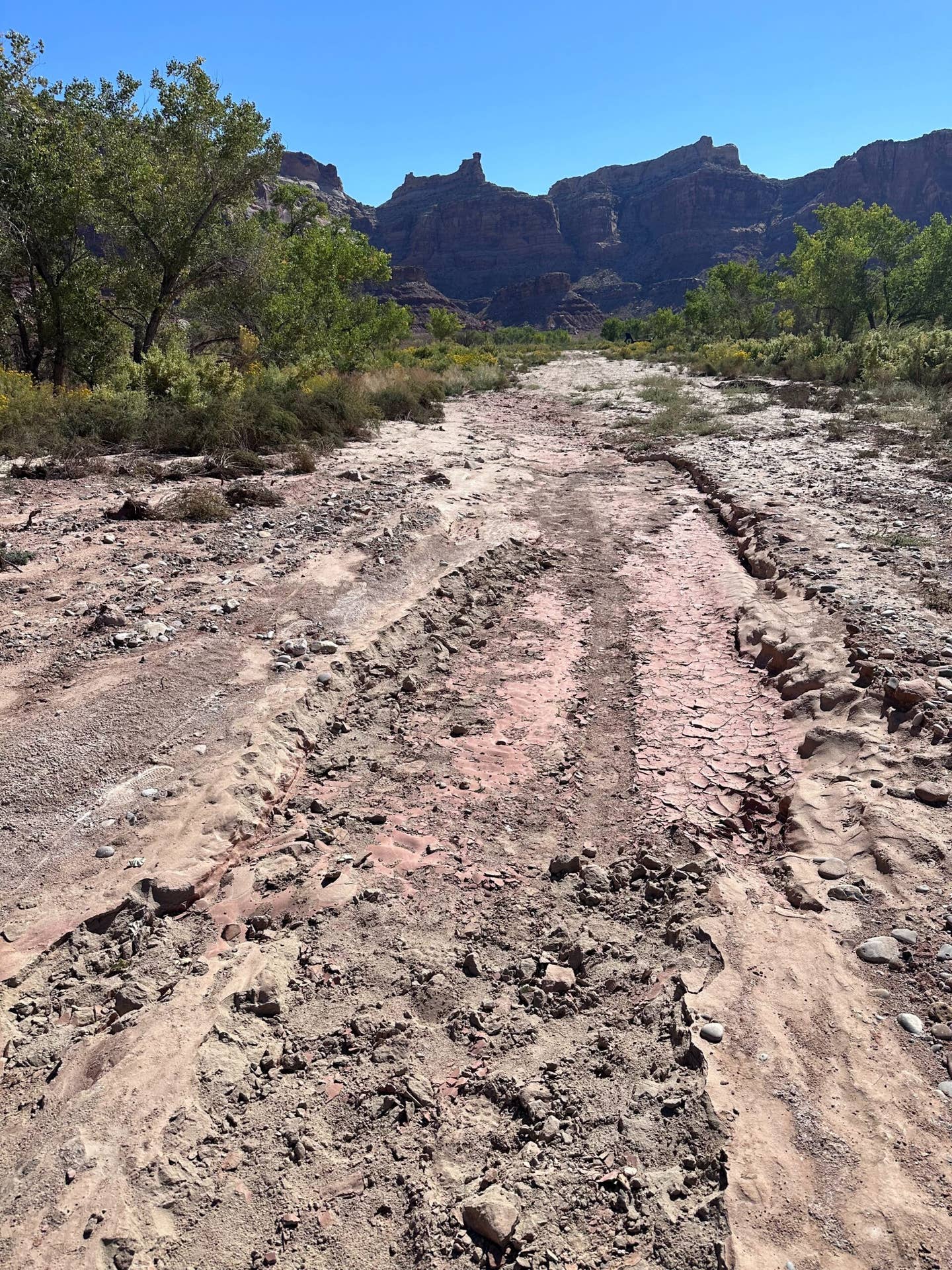
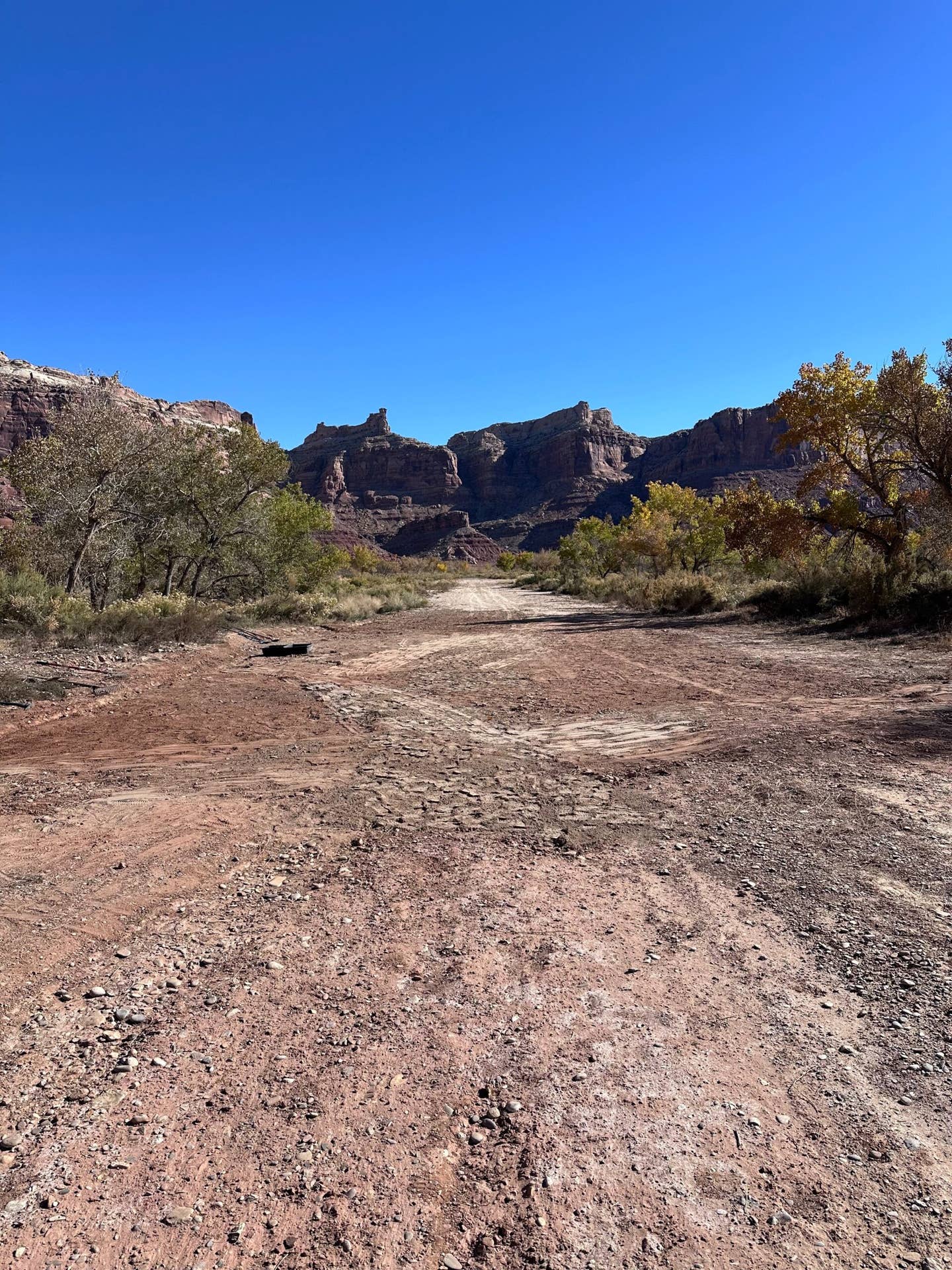
Volunteers had to hike in while carrying tools, which Evans said, "included shovels, rakes, and pickaxes, tools such as McLeods, mattocks, and 'Hilleys,' which are custom-made tools that one of our board members designed and made specifically for maintaining airstrips were used. A few tampers helped put the finishing touches on the work, and we're hoping the latest rains from Mother Nature help compact the repairs even more."
Because wheeled conveyances are not allowed, the volunteers dragged plastic toboggans filled with dirt back and forth across the runway to smooth it out, inspiring the volunteers to adopt the moniker "sled dogs." This was not easy work, Evans said, and the volunteers—many of whom are elder statesmen of aviation—had to brave the elements, including nights where the temperature dropped below 20 degrees Fahrenheit.
Once repairs were completed, it was not the end of the story, as they still had to pack everything out. They did so with the help of UBCP members Randy Riggs and Kim Wintz, who rode horses to the airstrip to assist in the removal of supplies.
"The biggest surprise, honestly, was how many people showed up and braved the weather," said Evans. "A majority of our ‘sled dogs’ were older gentlemen who hiked in and braved the 20-degree night temperatures. My hat's off to them for working so hard on this project."
The UBCP is a tax-exempt nonprofit organization created in 1996 to preserve and protect the state's backcountry aviation heritage. In addition to enjoying the beauty and challenge of backcountry flying, the members are stewards of the land, watching for unpermitted access by wheeled vehicles and ensuring that the areas remain as pristine as possible by picking up trash left by others.
More information on the UBCP can be found here.

Sign-up for newsletters & special offers!
Get the latest FLYING stories & special offers delivered directly to your inbox


